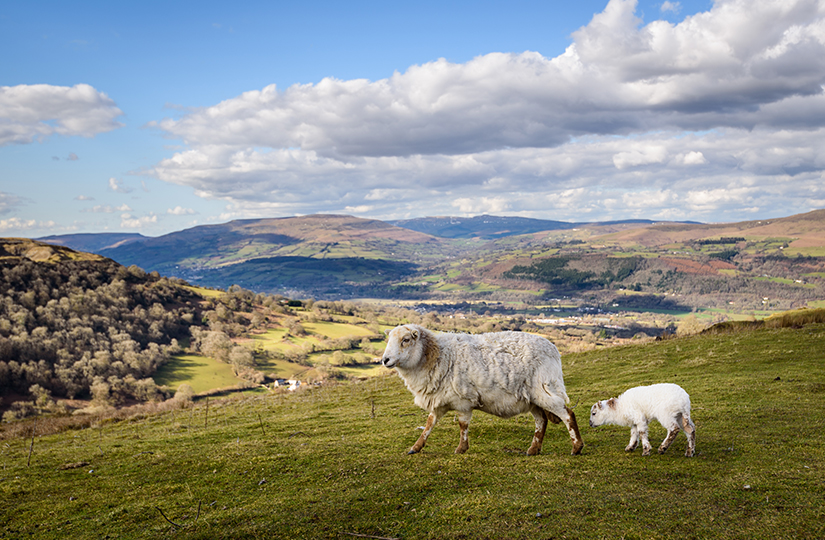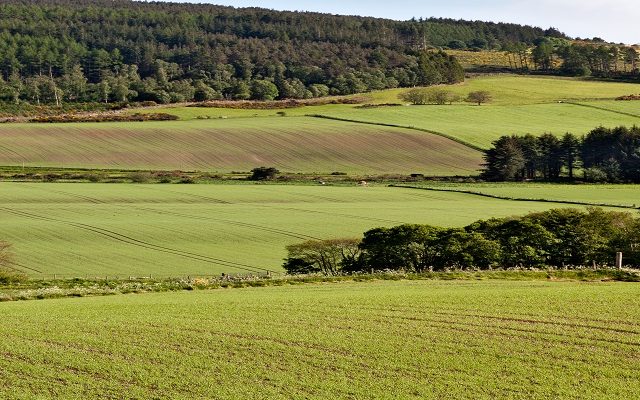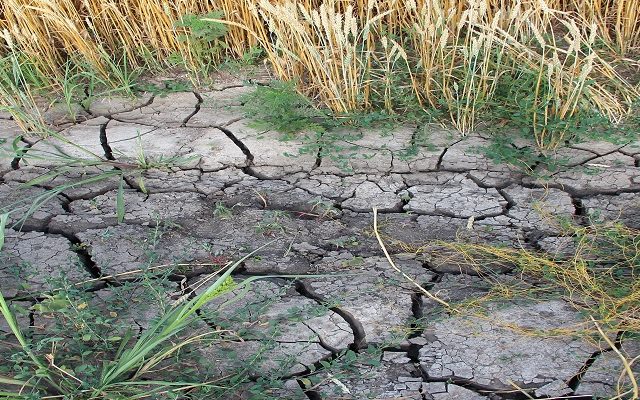Wales unveils Sustainable Farming Scheme details
More details of the Sustainable Farming Scheme (SFS), which will become the primary source of government support for farmers in Wales, have been published by the Welsh government.
There is no information on possible payment rates, which does make it hard to assess how attractive the scheme might prove to farmers and the implications for farm profitability.
However, what we now know is that the SFS will be made up of three layers – universal, optional and collaborative.
A baseline payment will be made to farmers for undertaking a set of 12 universal actions which are measures that go above and beyond what is required by legislation.
Actions that will be required include:
Universal
- Farmers will be required to have at least 10% tree cover on their farm, managed in line with the UK Forestry Standard. Any new and existing hedgerows should also be managed in line with the hedgerow management cycle, which involves trimming to a slightly higher and wider point each trim to encourage a thick dense hedgerow.
- Manage and enhance habitats across at least 10% of the farm, or creating new habitat features where existing habitat does not exist.
- Complete an annual benchmarking self-assessment to improve business performance.
- Ensure necessary biosecurity measures are in place to reduce risks of spreading disease, including the provision of wash stations and ensuring farm boundaries are secure to prevent straying stock.
- Carry out professional and farmer soil testing at scheme entry and in time for contract renewal as part of efforts to make best use of artificial fertiliser through nutrient management.
- Restore and manage existing permanent wildlife ponds and/or create a number of temporary ponds (scrapes).
- Minimise use of pesticides / herbicides through integrated pest management.
- Calculate and report the average amount of antibiotics used on the farm.
- Have a multi-species cover crop on all land which is uncropped over winter.
- Farmers with historical environment assets identified on their land will need to follow general guidance on how to manage them.
- Where peatland exists, farmers will need to manage it appropriately.
- Complete a minimum level of learning, including on Health and Safety.
Additional payments will be available for farmers who choose to undertake extra optional and collaborative actions. These include:
Optional
- Restore damaged peatlands through ditch blocking, or re-establishing vegetation.
- Grow crops to reduce the amount of feed farms buy in.
- Establish new horticultural enterprises within existing farm businesses.
- Upgrade footpaths or make new access routes to help people engage with and access the natural environment.
- Have a three metre-wide fence and hedge along the farm boundary (where appropriate) to prevent neighbouring stock coming into contact.
- Implement certain actions which impact a farm’s nutrient use and improve soil condition.
- Establish 6m buffer strips alongside watercourses.
Collaborative
- Support for farmers to work together across catchments to improve water quality.
- Collaborative support will also be available to help farmers work together to sell more directly to the consumer and add value.
Overall, the 71-page document has been welcomed by farm leaders on the grounds that it gives farmers a real sense of the sort of actions they will be expected to take if they want to be part of the scheme. However, they have also expressed concern about the impact and practicality of the proposal to specify a minimum level of tree cover on every farm signed up to the scheme.






